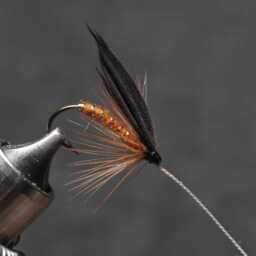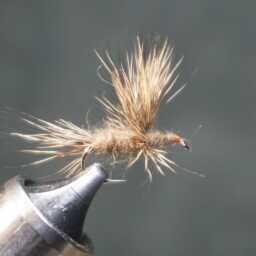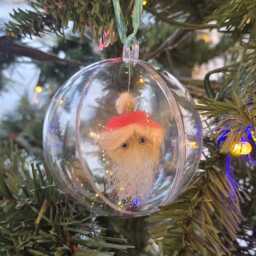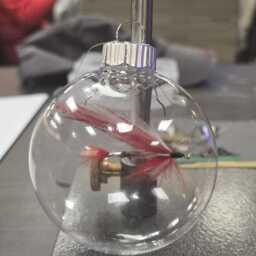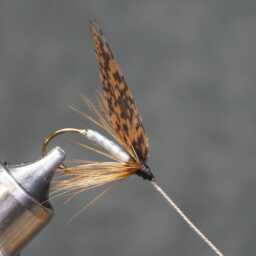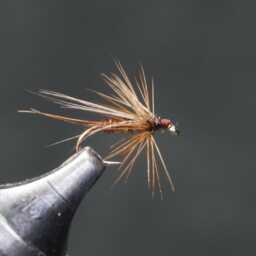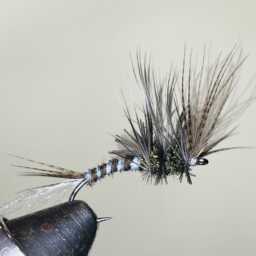Night herons, belonging to the genera Nycticorax, Nyctanassa, and Gorsachius, are medium-sized herons, typically measuring 58–65 cm. The name Nycticorax, originating from Greek, signifies “night raven,” alluding to these birds’ nocturnal feeding habits. The black-crowned night heron, recognized by its croaking, crow-like call, is the most well-known species within this group.
In Europe, the term “night heron” commonly refers to the black-crowned night heron, the sole member of this genus on the continent. Adults display stout, short-legged, and short-necked features, sporting predominantly brown or grey plumage, often accompanied by a black crown. Juveniles exhibit brown feathers flecked with white, a trait retained in some extinct Mascarene taxa.
These herons typically nest alone or in groups on stick platforms in trees or protected ground locations like islands or reedbeds, laying clutches of 3–8 eggs. Night herons exhibit a characteristic hunting style, standing motionless at water edges, waiting to ambush prey—mostly at night. Their diet comprises small fish, crustaceans, frogs, aquatic insects, and small mammals, while daytime finds them resting in trees or bushes.
With seven existing species, the genus Nycticorax has faced significant threats of extinction compared to other Pelecaniformes genera. This vulnerability stems from their inclination to inhabit small, predator-free islands and a propensity to evolve towards flightlessness.
Night herons predominantly breed in southern and southeastern Europe, migrating across the Sahara to winter in central and west Africa.
« Back to Glossary Index
